12 Types of Grass & Their Benefits (With Pictures)
-
Ed Malaker
- Last updated:
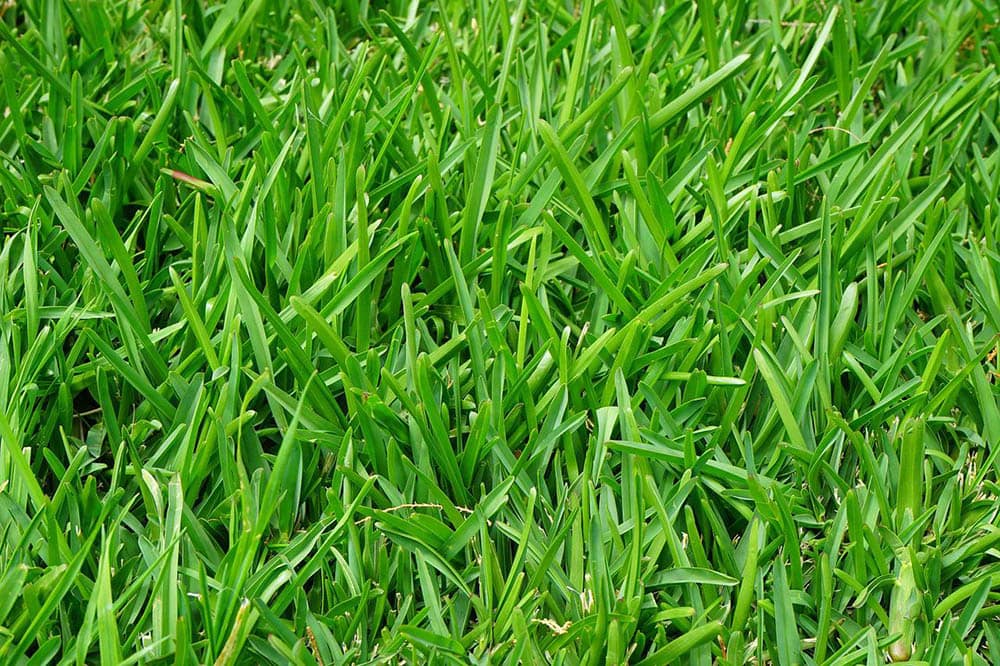
If you are looking to improve your lawn, it can be helpful to learn about the types of grass available. Several varieties grow in different climates and have different shapes and colors, so you are sure to find something that makes you happy. If you are looking for a new kind of grass but aren’t sure where to begin, keep reading as we review several of the most popular varieties.

The 12 Types of Grass
1. Bahiagrass
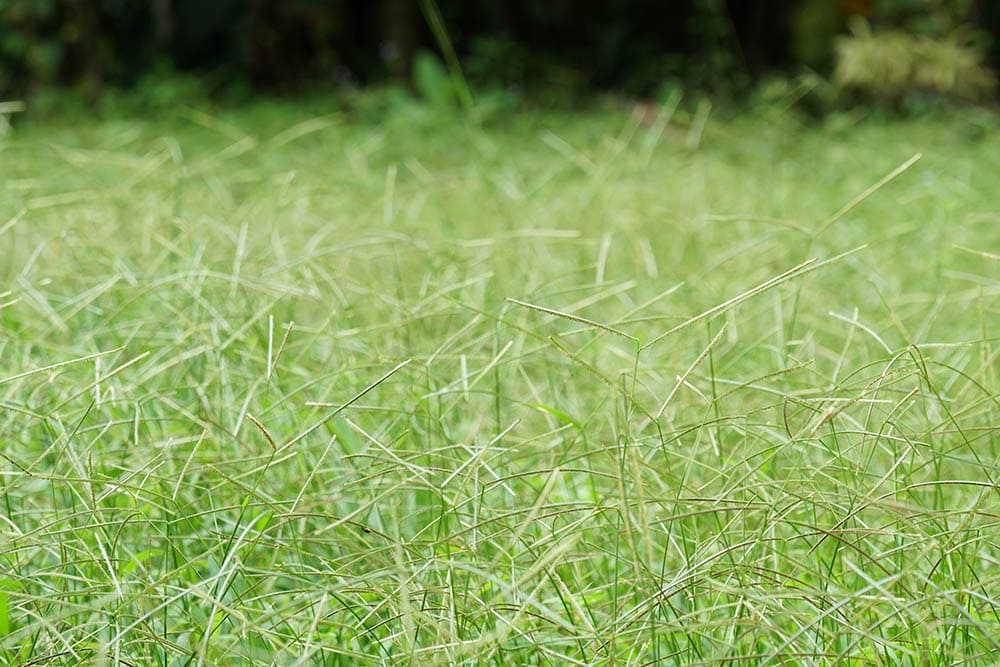
- Benefits: Warm season, grass, tolerant of drought
Bahiagrass is a common grass that you can find easily along the highway in many southern states in the U.S. It helps prevent erosion due to its extreme tolerance for drought conditions and preference for full sunlight. It also makes excellent pasture grass for farmers.
2. Bentgrass
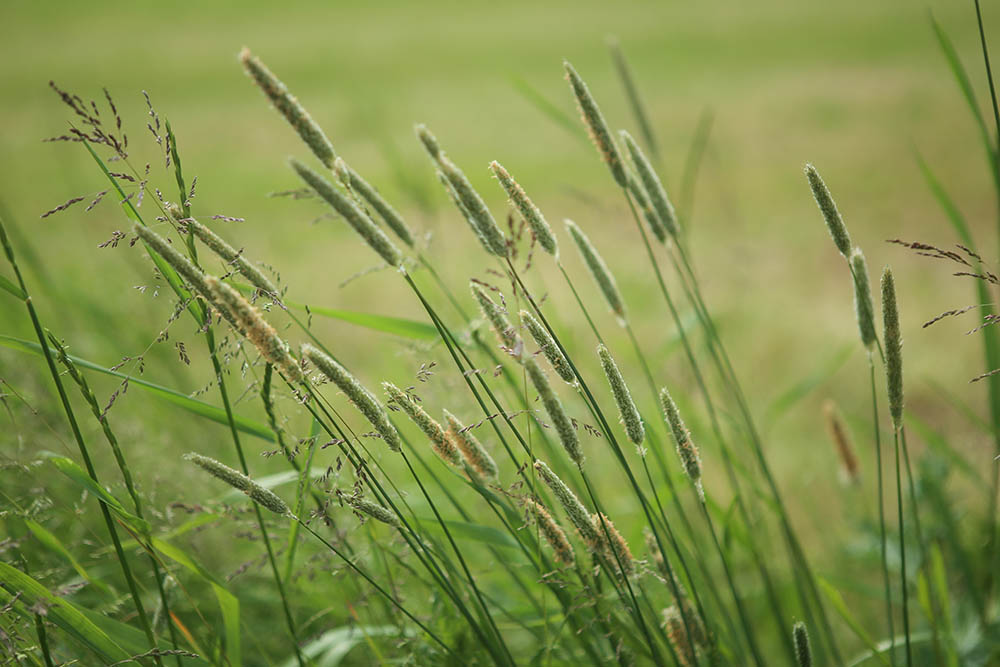
- Benefits: Low maintenance, cooler weather grass
Bentgrass is a common grass that you can find worldwide. It prefers milder temperatures, and you will usually find it in the northeast and northwestern parts of the United States. It’s an attractive variety that can withstand plenty of foot traffic, so it’s a great choice to use as a turf as long as the temperature doesn’t get too warm.
3. Bermuda Grass
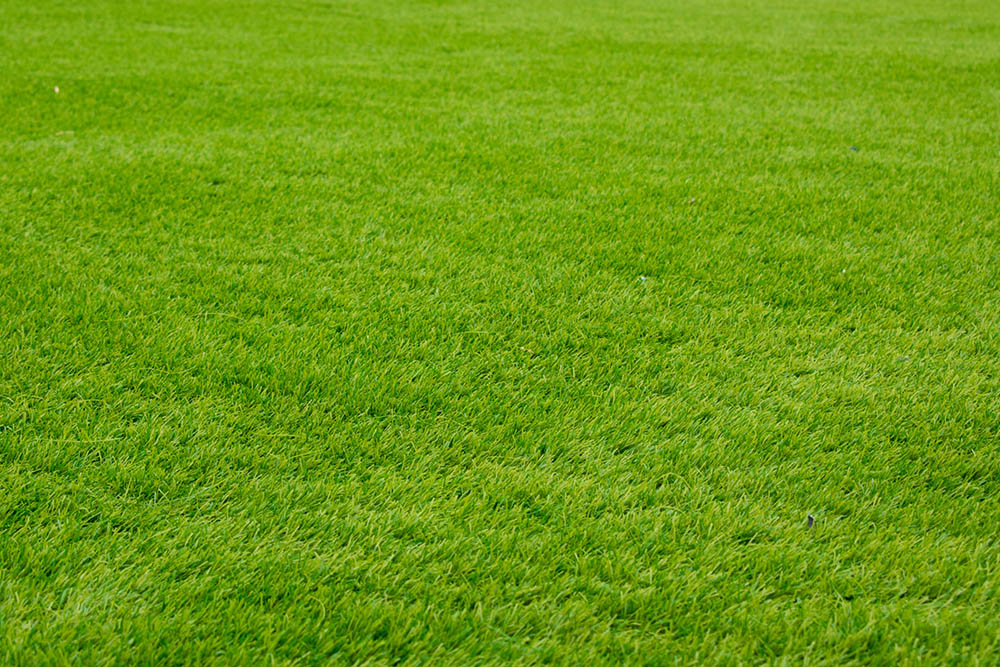
- Benefits: Extreme drought tolerance
Bermuda grass is drought resistant and makes a good choice for lawns across the southern United States. It is prone to grass stunt mites and other parasites, which causes it to be a high-maintenance variety best suited for experienced users who know how to deal with the problem.
4. Buffalo Grass
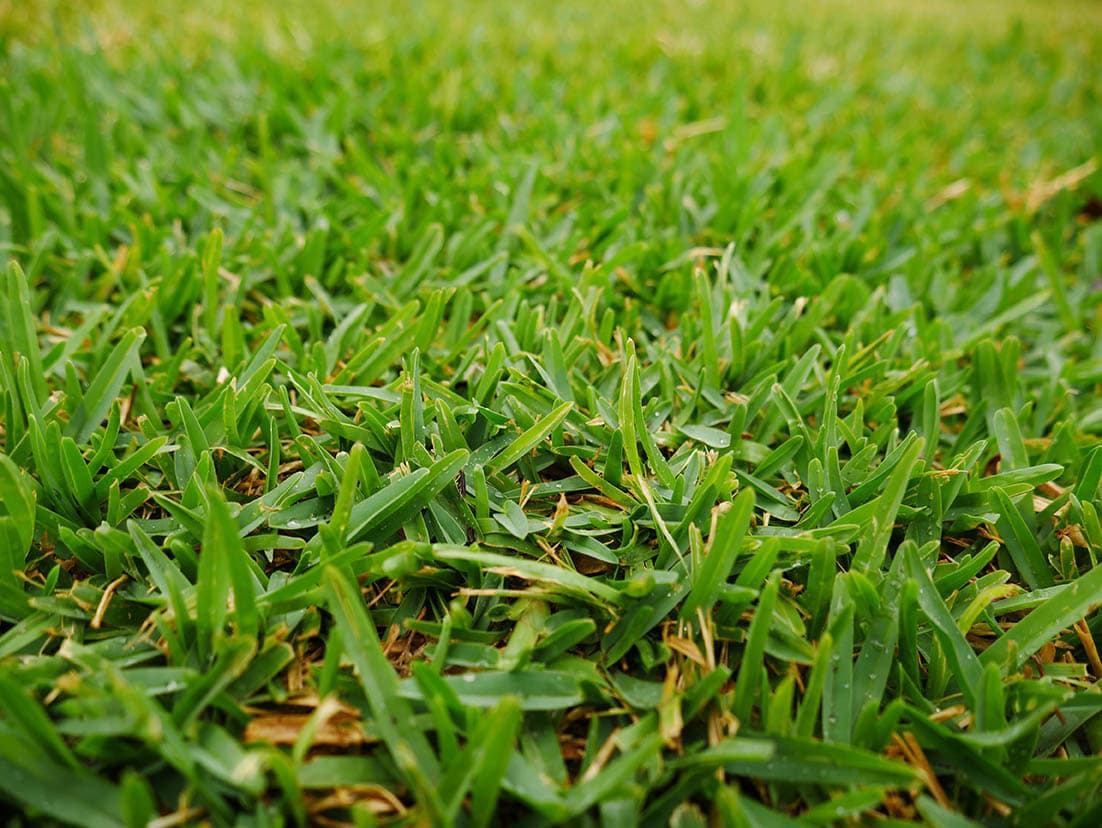
- Benefits: Excellent foraging grass
Buffalo grass is a warm-season shortgrass that grows naturally in Missouri and other areas. Missouri has it listed under conservation status because no one has seen it in this state in several years. As the name suggests, it’s popular as a foraging grass for livestock due to its nutritional content.
5. Carpet Grass
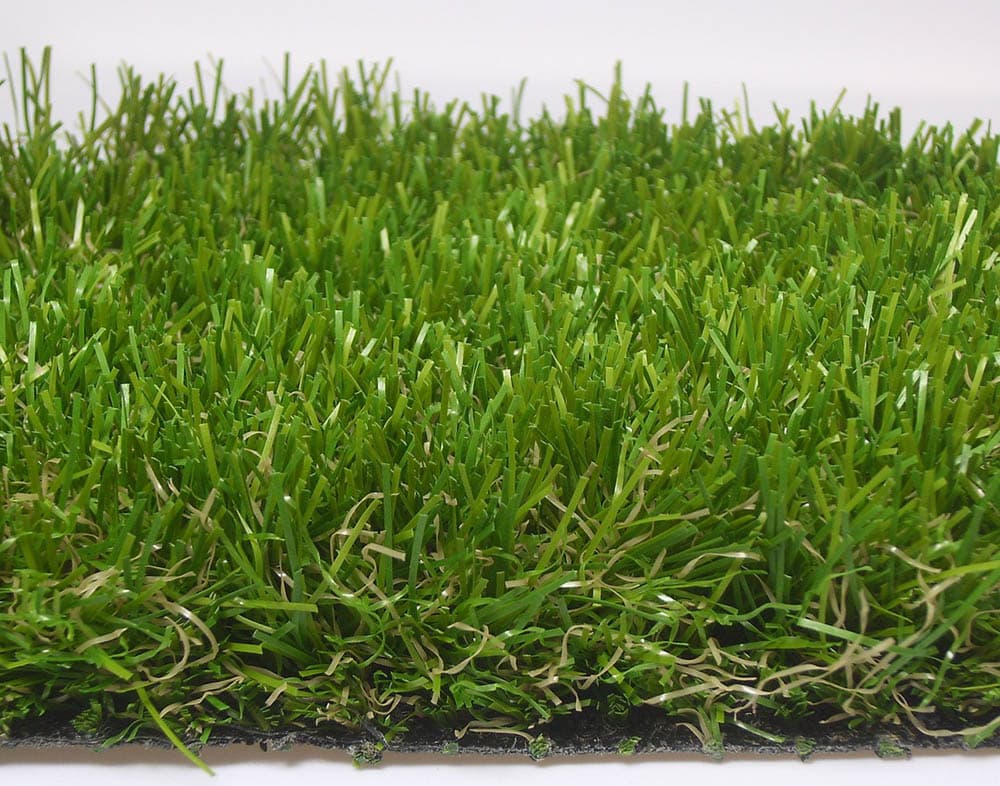
- Benefits: Resistant to water, tolerant of shade
Carpet grass is a creeping variety you will often find in fields or along roadsides. It also produces a fantastic lawn with thick, soft grass that is comfortable to walk or play on. The only downside of carpet grass is that it requires frequent mowing, especially during summer, as it will become unsightly if it gets too tall.
6. Centipede Grass
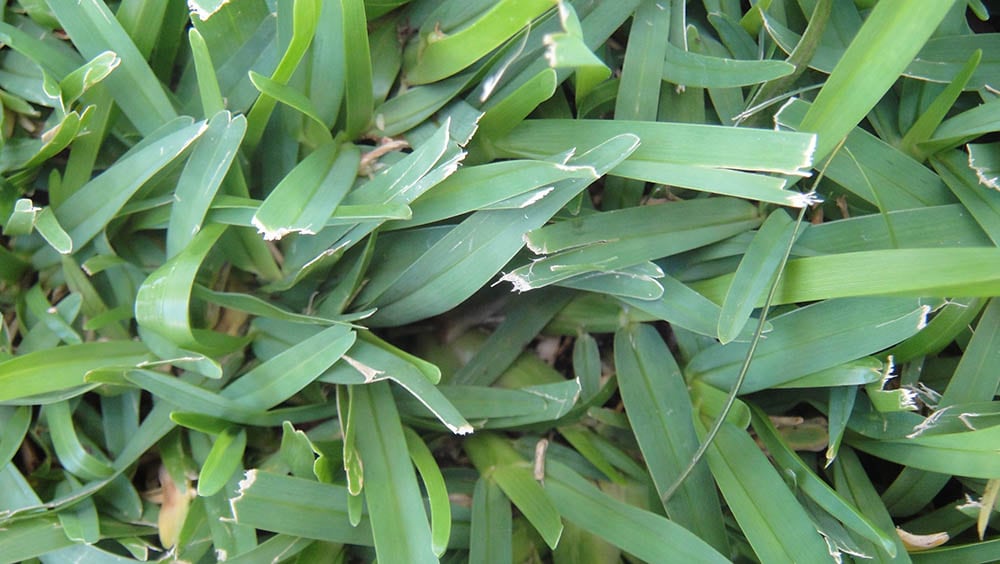
- Benefits: High heat tolerance, low maintenance
Centipede grass is a popular lawn variety because it requires little maintenance to keep it looking great. It’s native to China, but it’s been grown in America since the early 1900s. The downside of this variety is it requires sandy, acidic soil and a warm climate that you can usually only find in the southeastern United States.
7. Fescue Grass
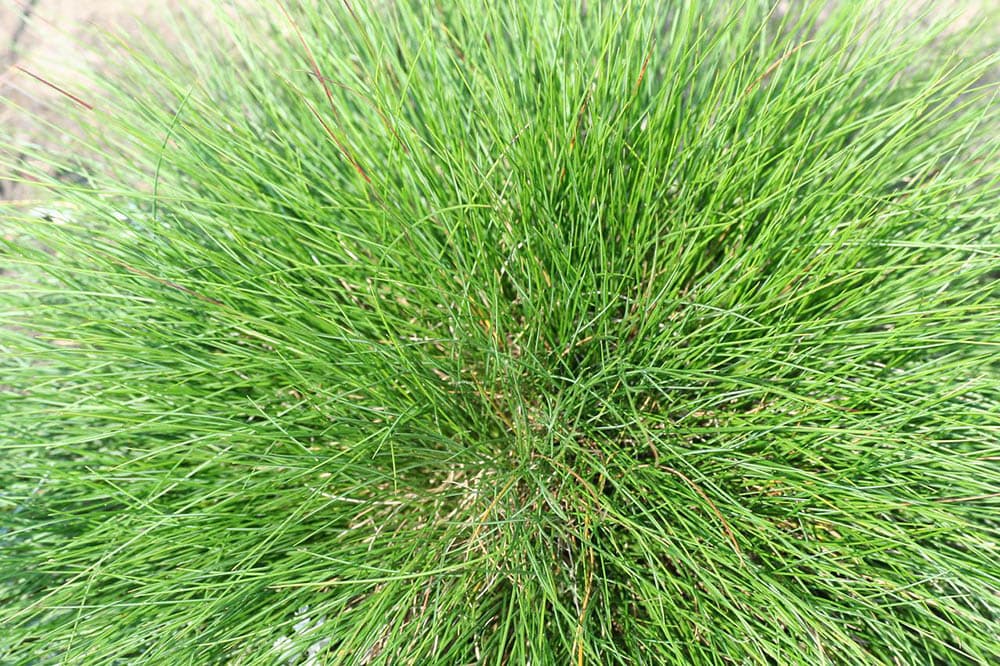
- Benefits: Adaptable to a wide range of climates, disease-resistant
Fescue grass is a popular variety because it’s tolerant of a wide range of climates, and it can grow almost anywhere in the United States. It’s been growing here since the early 1800s when Americans first started creating lawns. It’s easy to maintain, is disease resistant, and looks fantastic.
8. Kentucky Bluegrass
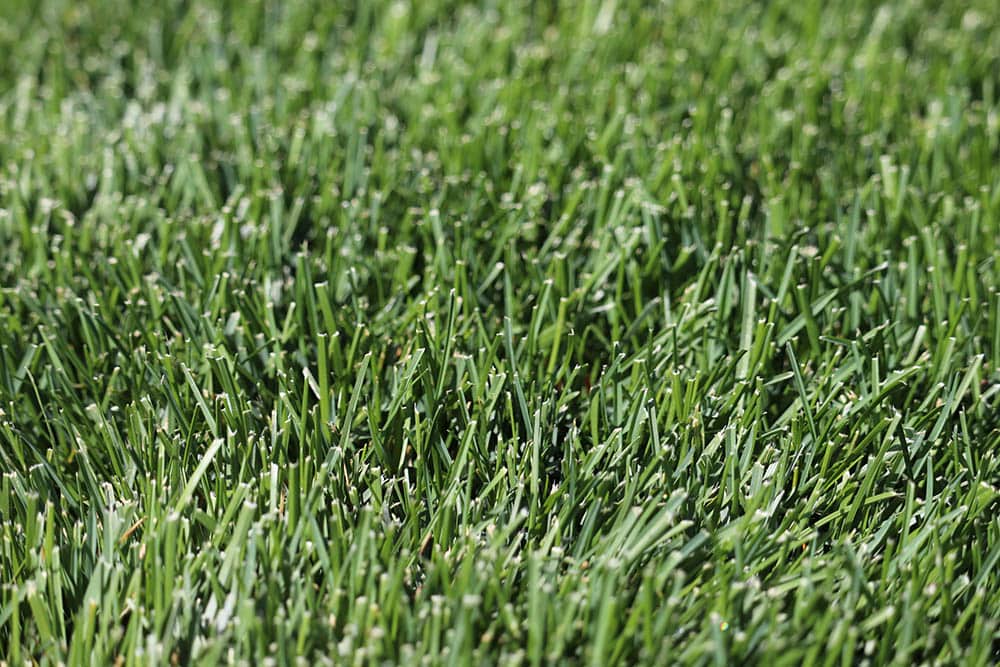
- Benefits: Grows throughout the United States, attractive appearance
Many people consider Kentucky bluegrass to be the perfect lawn variety. It does well in cold weather and can grow in any state in America. It can take a while to start growing from seed, and it doesn’t do as well in drought conditions because the roots are shallow. However, it’s soft enough to walk on with your bare feet once it is stable.
9. Paspalum
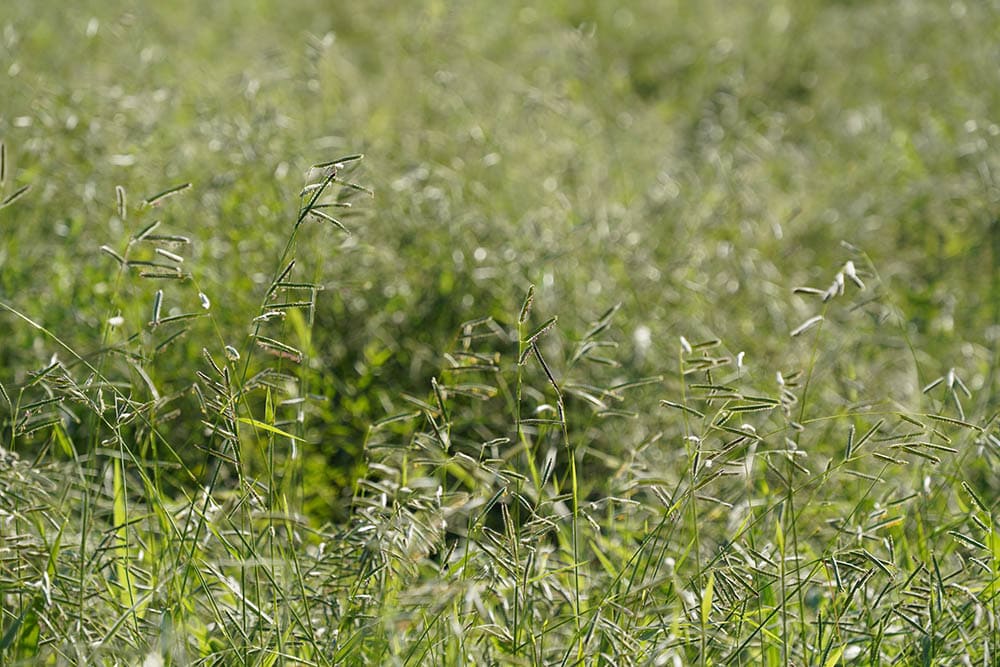
- Benefits: Extremely versatile and tolerant of a wide range of growing heights
Paspalum is a favorite at sports and golf courses, where it makes great turf. It can handle plenty of foot traffic, and it even repairs itself and recovers quickly from pests and other damaging factors. It also does better than many other varieties in low-light conditions and handles shade well.
10. Rye Grass
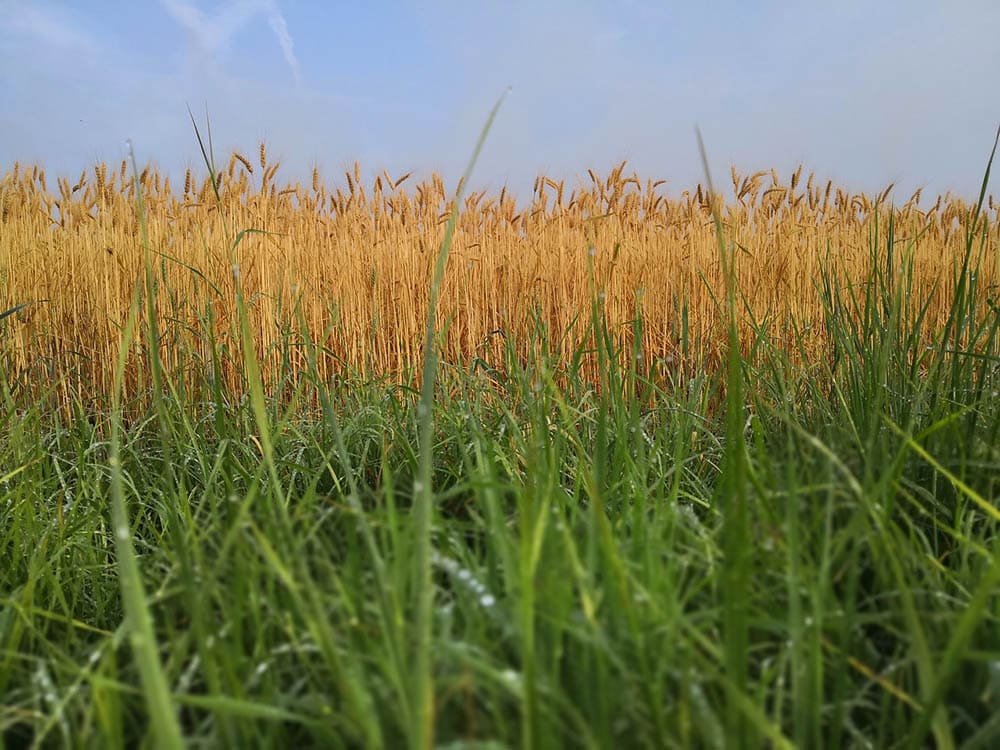
- Benefits: Fast germination and growth.
Ryegrass is one of the most popular lawn varieties in the United States, especially in the northwestern regions. Many manufacturers mix this variety with others because it grows quickly and can add color to your yard while the other, slower-growing types get established.
11. St. Augustine’s
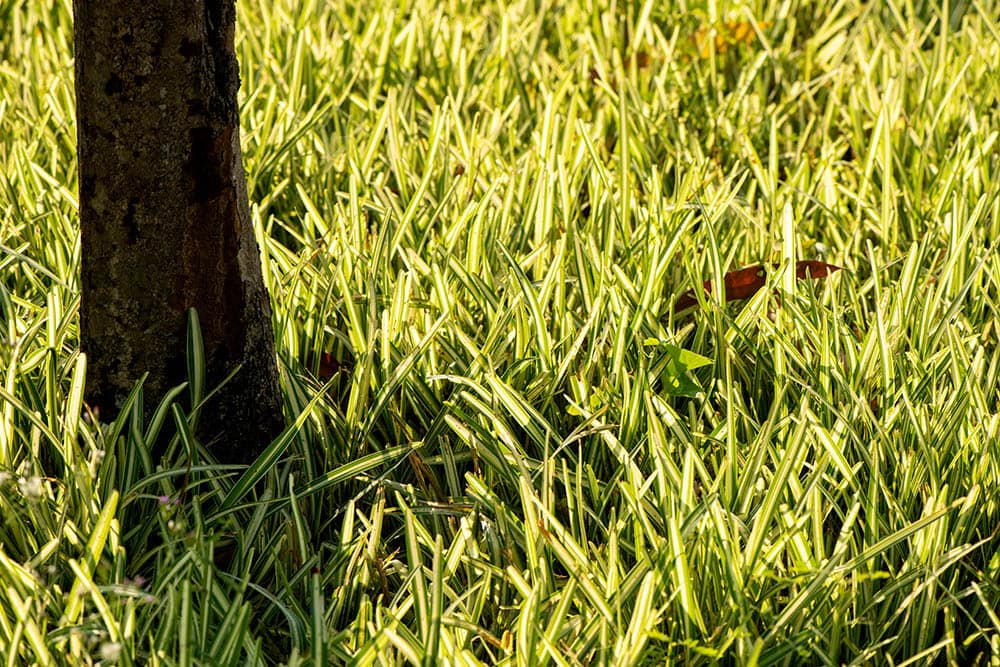
- Benefits: Shade tolerant
St. Augustine’s grass is a warm-weather variety that you can find in states from Florida to Texas. Many people enjoy it because it looks attractive and has a high tolerance for shade, so it’s the perfect choice when you have plenty of trees in your yard or tall fencing. The downside is that it doesn’t handle cold weather too well, nor can it withstand heavy foot traffic.
12. Zoysia
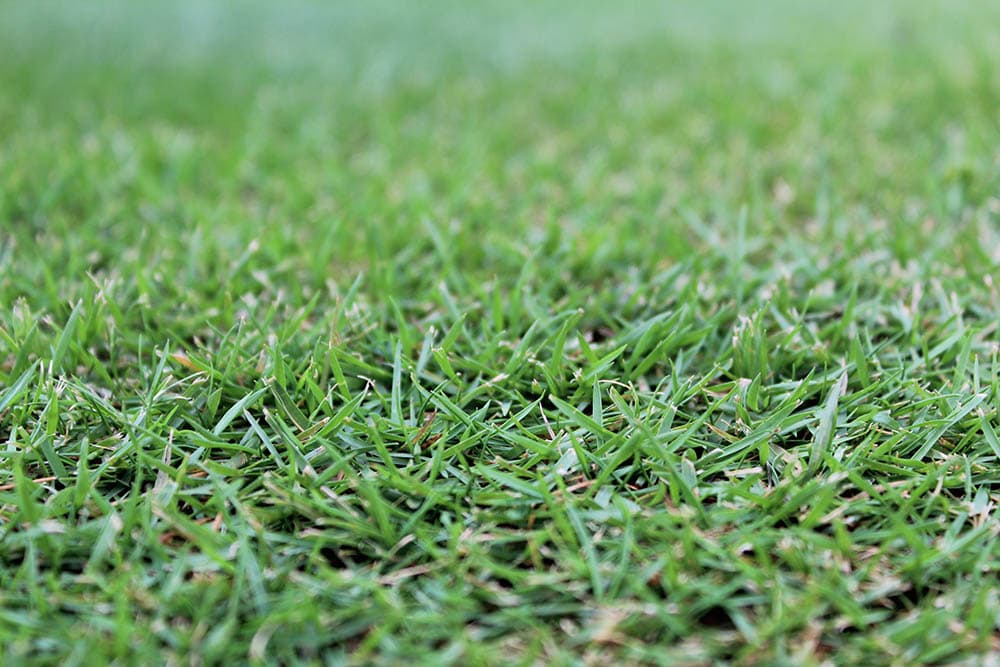
- Benefits: Low water and maintenance requirements, dense growth
Zoysia grass is a warm-weather variety that you can find in many of the southern states in America. It grows thick, so the lawn is soft to walk on barefoot and looks attractive with a light green color. A downside of this variety is that it can be slow to get established, so many people mix it with ryegrass.

Conclusion
There are several different types of grass to choose from if you are looking to improve or develop the lawn in front of your home. If you live in the northern United States, you are a bit limited in your choices, but Kentucky Bluegrass is a favorite, as is Rye Grass. The southern states have more options, but the lawns frequently need more upkeep due to the high temperatures.
Featured Image Credit: Hans, Pixabay
Contents
